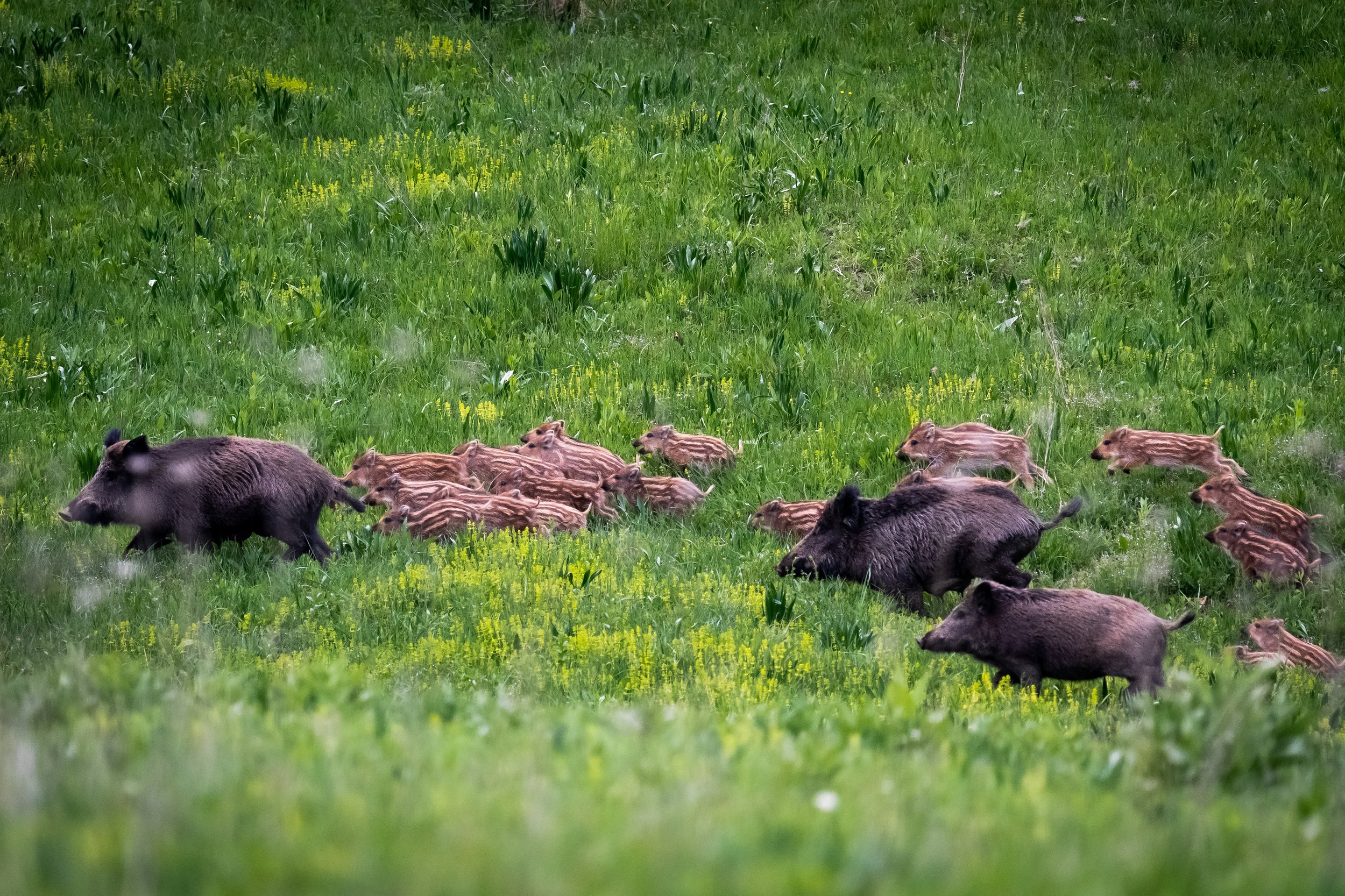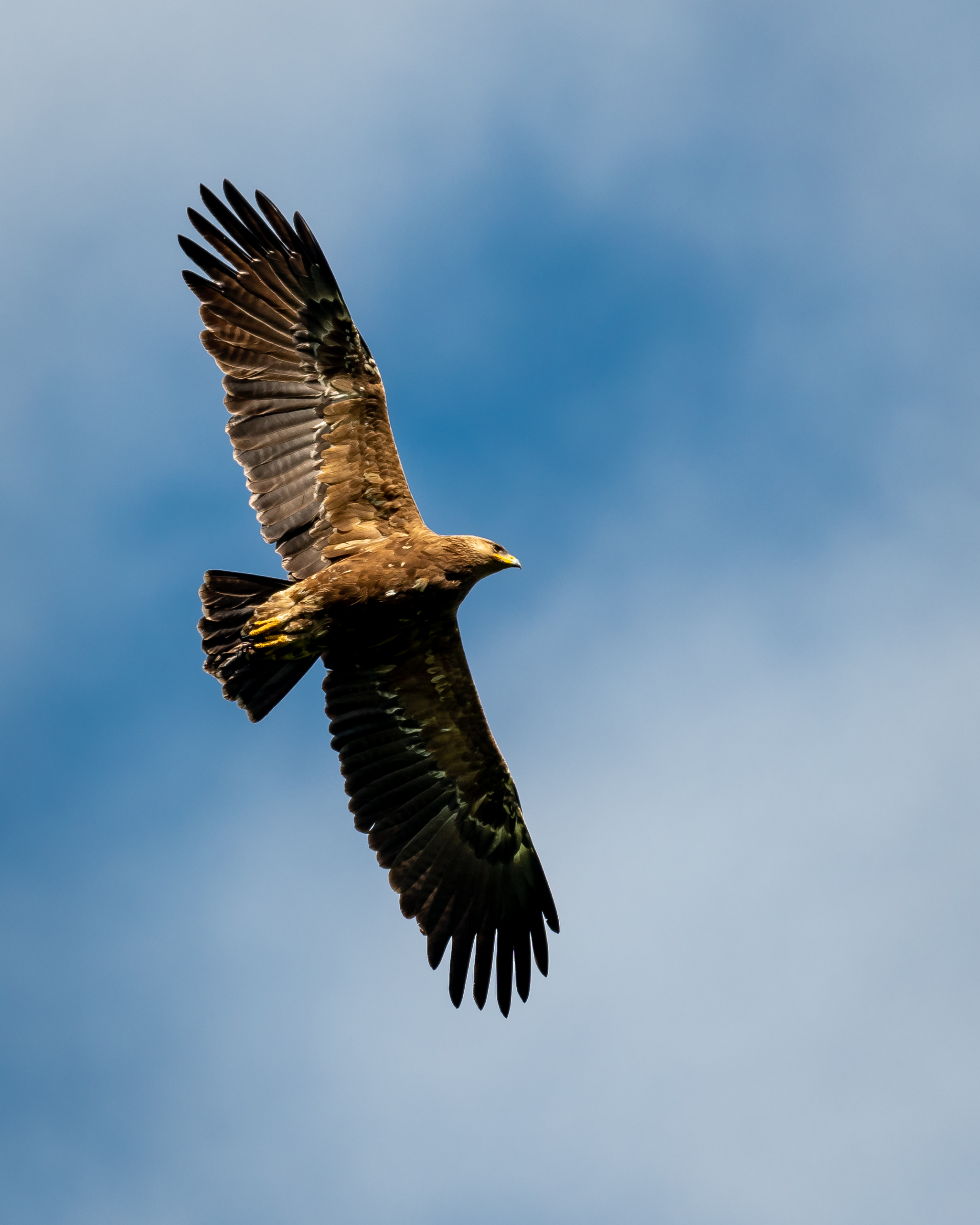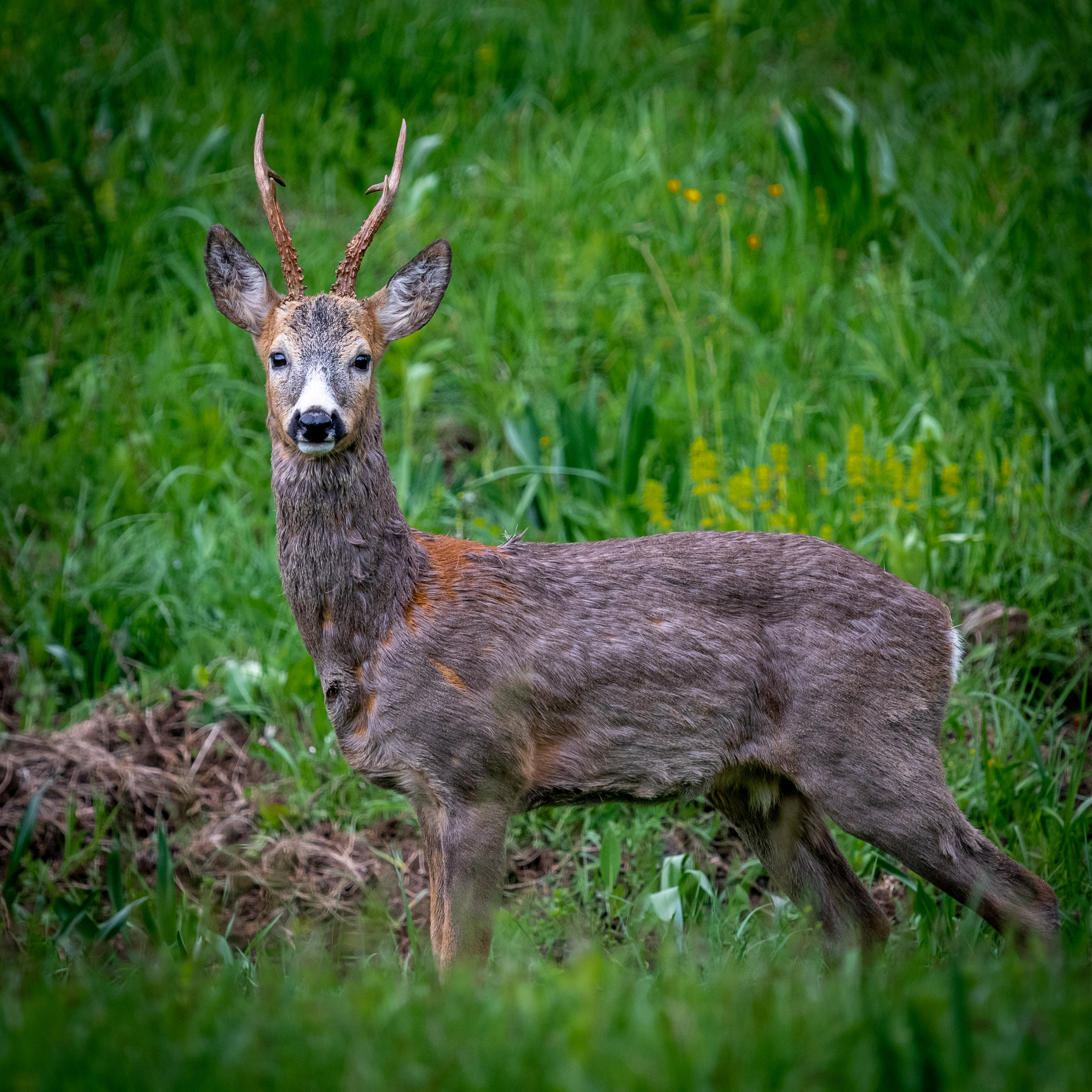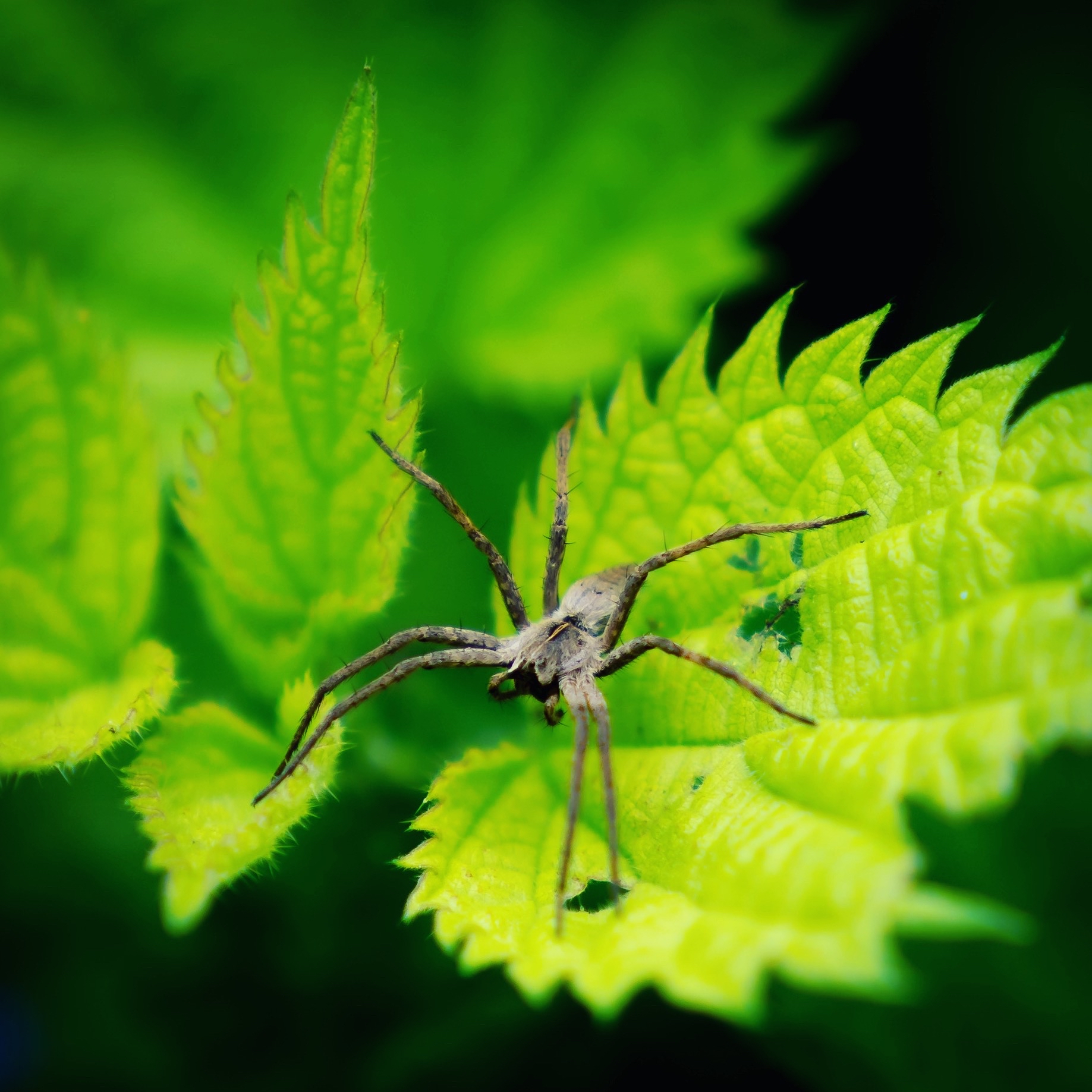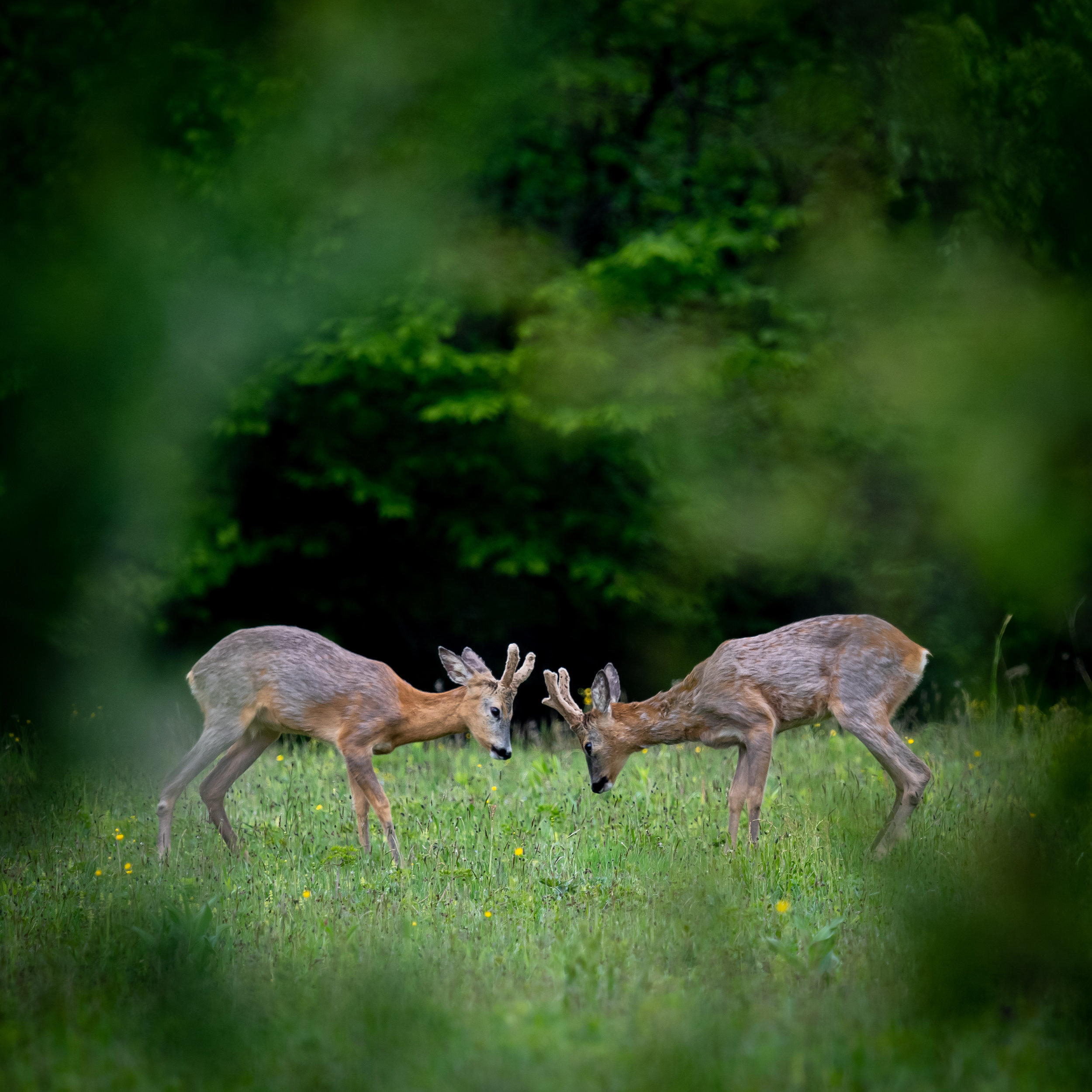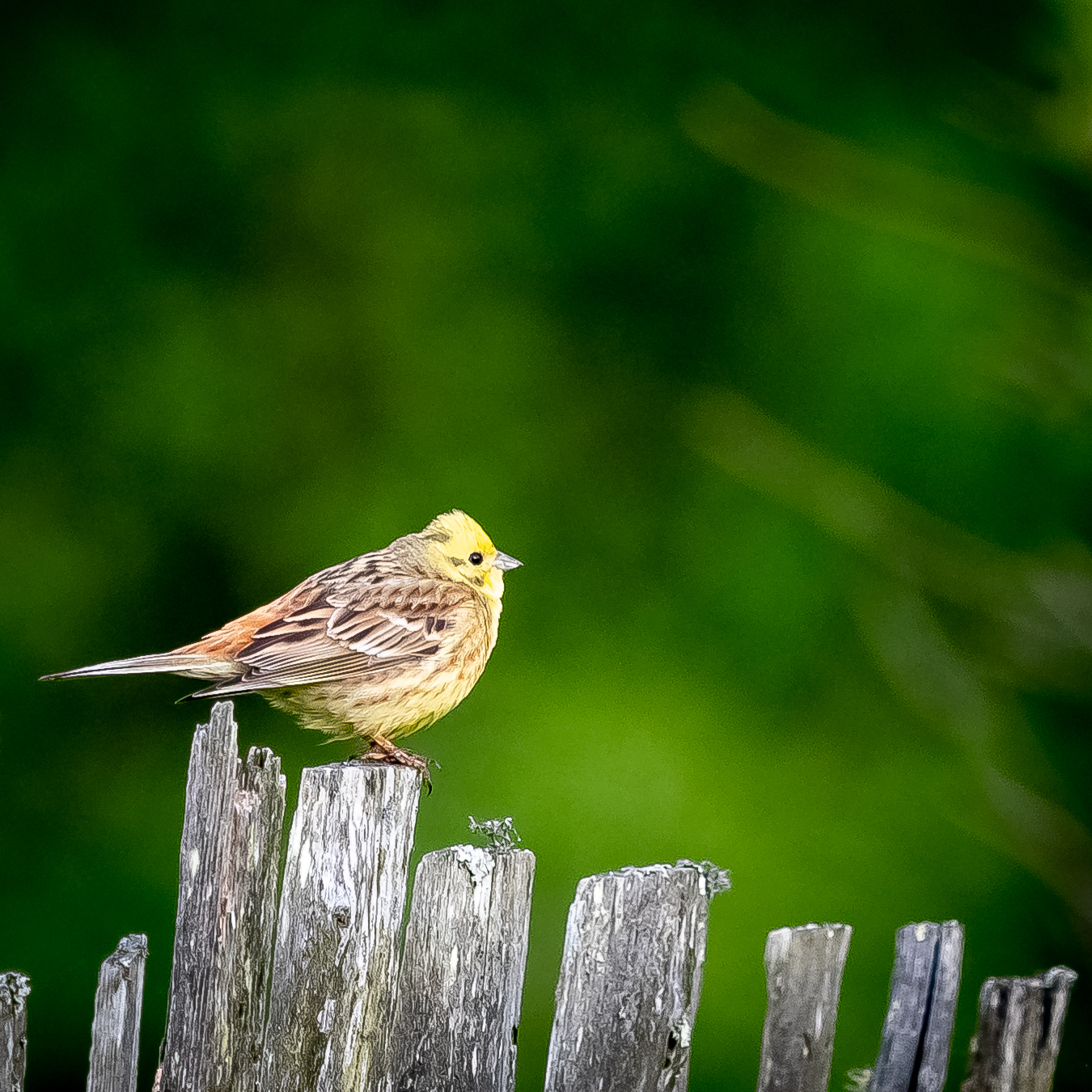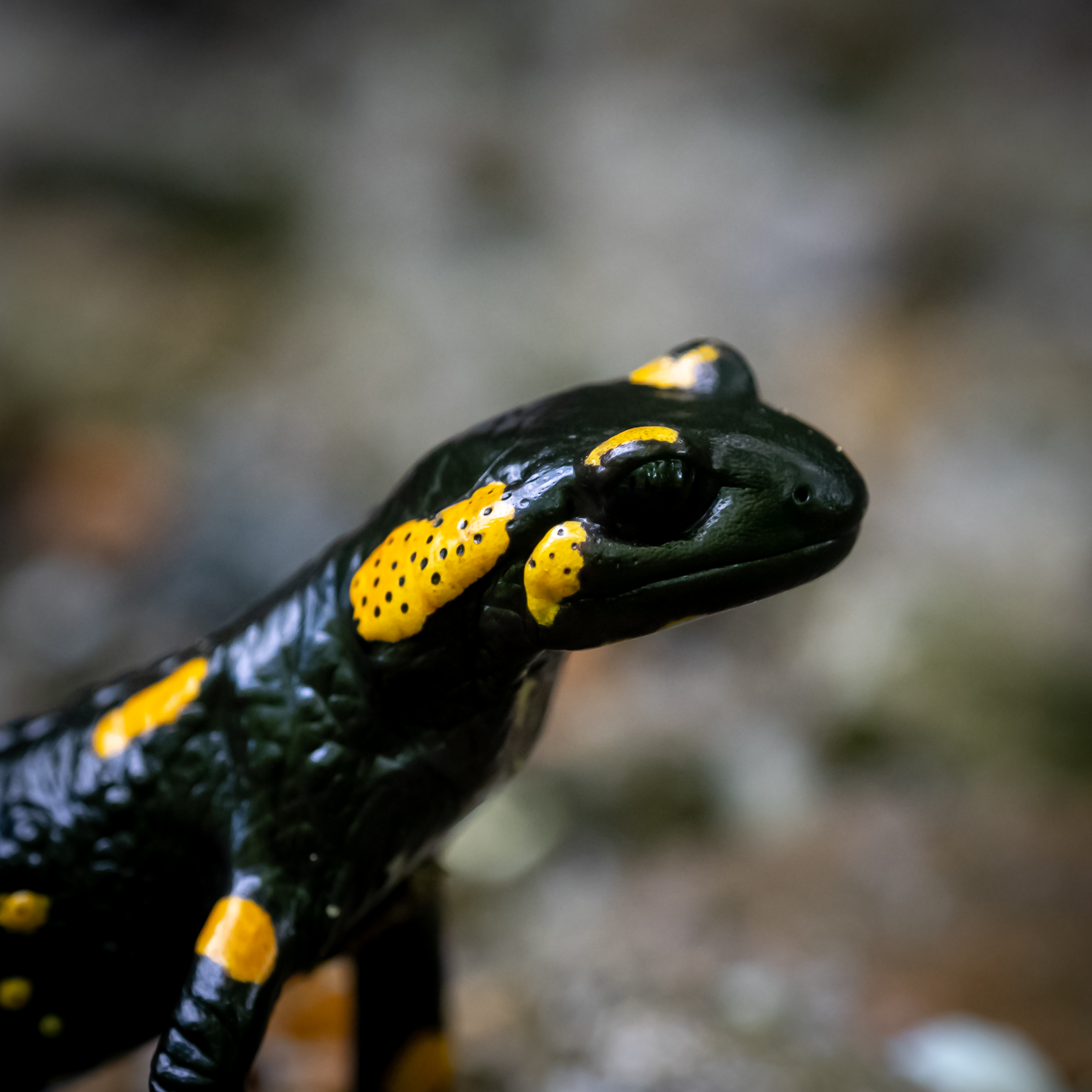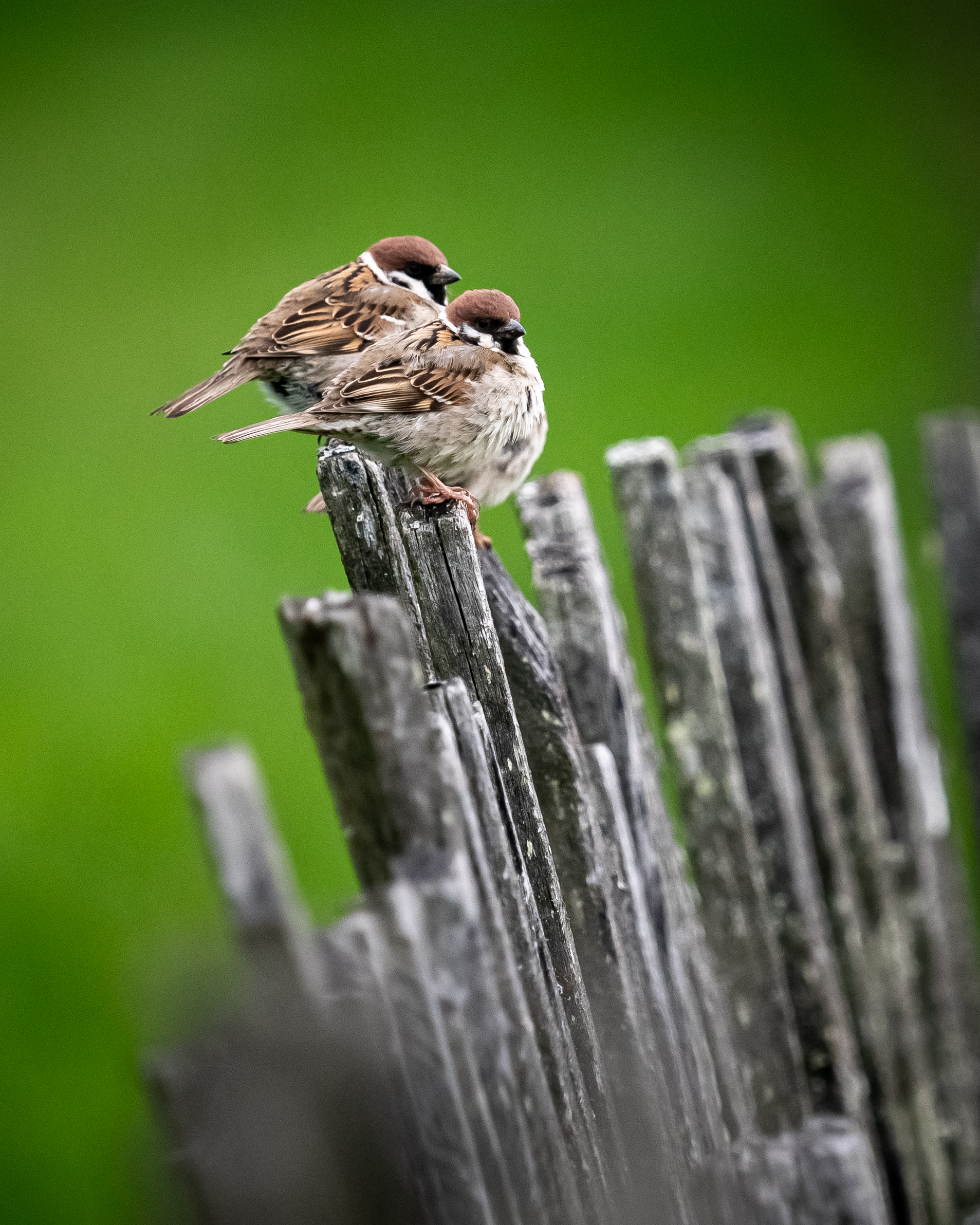I’m back from the 2019 Transylvania field recording expedition. 10 days in the Romanian wilderness passed incredibly fast in excellent company. Field recording, hiking, bear tracking, bear avoiding were on every day’s menu along with rain, frost, sunshine and an incredible amount of wildlife. (Speaking of menu, the food was another one of the trip’s highlights.)
Setbacks
It’s not all perfect though. Before the official start of the expedition I do a short recce trip to one of the locations we were supposed to visit and am dismayed to find that there’s extensive logging going on. A forest that was very dear to me, harboring several species of owl, bison, deer, eagles and other fascinating wildlife had now become unrecognizable. There are huge piles of logs everywhere, with small trees having been cut and strewn on the slippery road so as to provide traction for large vehicles.
Driving up a forest road among log piles
This was supposed to be our third stop on the trip so I spend all day driving around this particular national park. I’m trying to find an alternate location for recording, but given the nature of the place (a long valley among steep hills) it’s difficult to get away from the destruction. With no logging happening at that exact moment I set up my rig for an overnight recording session. Unsurprisingly, the dawn chorus I capture proves subdued with only a handful of species and very few individuals being heard.
I decide to not let this setback cast a shadow on the expedition so after picking up Jojo we drive off to Cluj to pick up Julius and Stijn. After a short exploration of Cluj and Sibiu, the four of us stop at our first recording location, a few miles away from the snowy peaks of the Carpathian Mountains.
Snowy peaks of the Carpathians in the clouds
More setbacks
The first thing we see as soon as we arrive in the forest? More logging, of course. No loggers around, but the forest tracks are lined with tree trunks. We keep going even if the VW minivan starts complaining and we get to a part of the forest that the loggers haven’t yet reached.
After a lot of stopping, listening and hopping back in the car we find a decent spot for overnight recording. The dusk chorus is about to start and there seems to be a good amount of wildlife around. Armed with bear sprays, taser and machete we hike deeper in the forest so we can hide and camouflage our rigs.
Time to leave the vehicle behind and do some hiking
The next day we are greeted by a couple of soldiers right at the entrance to the forest. Apparently the Army is test firing live ammunition and we’re not allowed in the forest. The soldiers are surprisingly helpful though and they tell us to come back later to pick up our equipment.
Because of the logging and army drills we decide to move on one day earlier than planned to a place I dubbed Bear Alley because of the large brown bear population in the area. Last year we saw more than 12 individuals and plenty of spoor. This year we see even more, mostly mothers with cubs.
This location’s highlight is a place where bears regularly feed and can be watched from a hide. With the local rangers’ help we set up rigs and leave them out overnight along with a camera trap. Since there’s a real possibility that the gear ends up destroyed, I leave out my Sony PCM D10 and a pair of Lom MikroUsi mics taped to tree branches.
Bears and other wildlife
Brown bear in Transylvania
To my surprise, the MikroUsi microphones survive several bear attempts at snatching the whole package. The dry bag also survives some thrashing and biting. To be honest, I half expected to either not find the rig anymore or to find it in pieces. Not bad for this combo! Unfortunately the recordings aren’t of any use since the bears weren’t very vocal and there was a pretty loud stream nearby.
During our stay in this beautiful part of Transylvania, surrounded by forests, hills and the Carpathian mountains, we also do several overnight ambience recordings. Finding good locations proves difficult though, and not because of anthropophony. As soon as we drive away from the main road the traffic subsides to a few passes per day. There are occasional aircraft flying over, but they leave hours of stillness between them.
Picturesque hiking trail in Transylvania
Similar to the situation in Norway last year, the biggest issue becomes the large number of creeks and streams originating from snowmelt further up in the mountains. Everywhere we go, there’s one or two in close vicinity and their noise carries through the valley quite easily. It takes us many hours of uphill hiking to get away to some extent, but not completely. There’s also a fair bit of wind most of the time, which makes it even more difficult to judge if a location is noisy because of nearby creeks.
Regardless, we press on and find a few interesting bits of forest. Wildlife abounds, with sightings every few hundred meters. Deer, wild boar, eagles, weasels, frogs, snakes all conspire to show up and stop us when we actually want to drive back to the hotel for a meal.
As mentioned before, we’re equipped with regular pepper spray and bear spray (bigger can of more potent pepper spray apparently). We decide to pepper spray around our rigs just to keep the nosy bears away, which may or may not be a good idea (apparently some bears are actually attracted to pepper spray on the ground).
Unfortunately I quickly forget about this and proceed to touching one of my eyes. Cue a very sharp pain that lasts for about half an hour and teaches me a valuable lesson. Thanks to Julius’ quick thinking I pour plenty of water in my eye and the pain subsides eventually, giving way to a rush of adrenaline. Fun times!t
Careful when handling pepper spray
Pepper spray notwithstanding, the daily hikes, wildlife spotting and discussions that ensue are incredibly enjoyable. The mix of backgrounds from game audio to sound art and from composition to photography make for excellent conversation and ideas exchange. Especially over meals. Lunch and dinner are events that we look forward to for most of the day, partly because of the awesome food and partly because it’s an opportunity to sit down and talk some more.
While on other trips I feel like I’m rushing everything a bit, this time around we manage to take some time to just enjoy being here. On a couple of days we go on hikes armed just with cameras and binoculars so we can better take in the location. We also do a couple of predawn hikes just to take in the dawn chorus and the sunrise. Even if this iss a small part of the trip, it helps us understand and appreciate the location even better. Also, pizza!
Pizza in the middle of woop woop.
Of course, there are some incidents and problems as well. I find a lot of humidity in one of my dry bags and I’m not sure where it came from. Luckily none of the gear suffers any damage. Someone’s SXR4+ recorder starts acting up and only records for a few hours instead of 15 to 20 as expected. Sonosax can’t help via email. Someone else forgets to format their SD card prior to leaving the rig out and only records for a few hours, missing the dawn chorus entirely.
There’s also the question of tiredness. While we spend some time driving between locations, most daylight is dedicated to hiking in the forest with quite a lot of gear. After a few days of doing this we start to feel more and more tired. Waking up before 4am certainly doesn’t help. Going to bed after midnight makes it worse. But somehow we power through, as usual.
I haven’t had a chance to listen back to all the recordings, but you can listen to short excerpts in the playlist above. While the trip hasn’t resulted in as much pristine recordings as last year’s trip to the Congo, it was productive and fruitful. I may even have enough material for the long-awaited European Forests library, but I’ll only be sure once I’m done with the upcoming Amazon Jungle one.
At any rate, the trip was a total success and that’s not just according to myself. I’m sure I will be back there along with other intrepid field recordists in the near future. Until then I have another trip to Romania planned (Danube Delta this time), a trip to Ethiopia and a surprise project to an exciting location I haven’t visited before. On top of that I’m trying to sort out a trip to Antarctica towards the end of next year.


